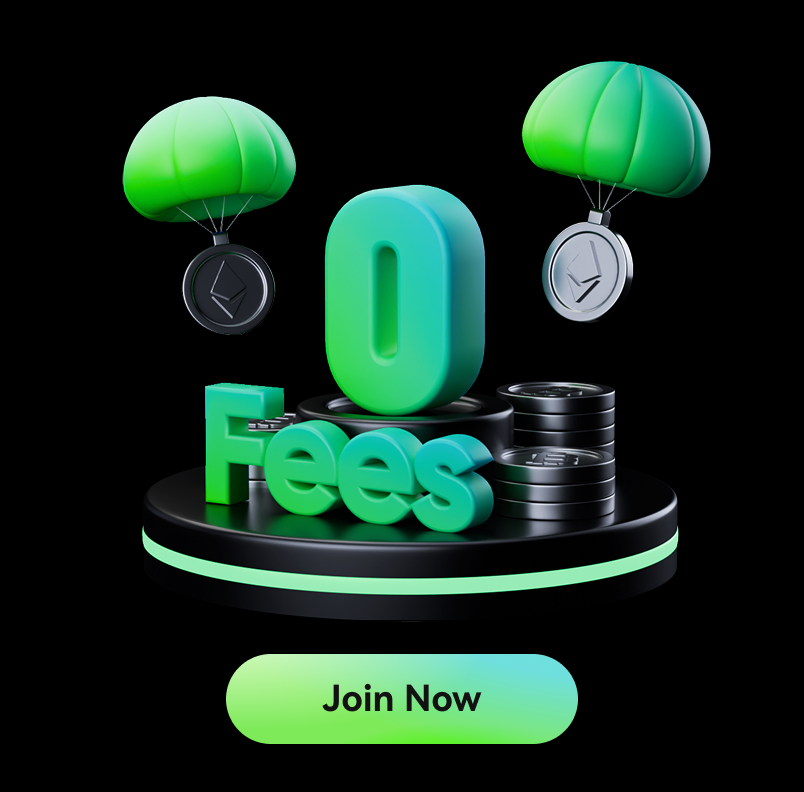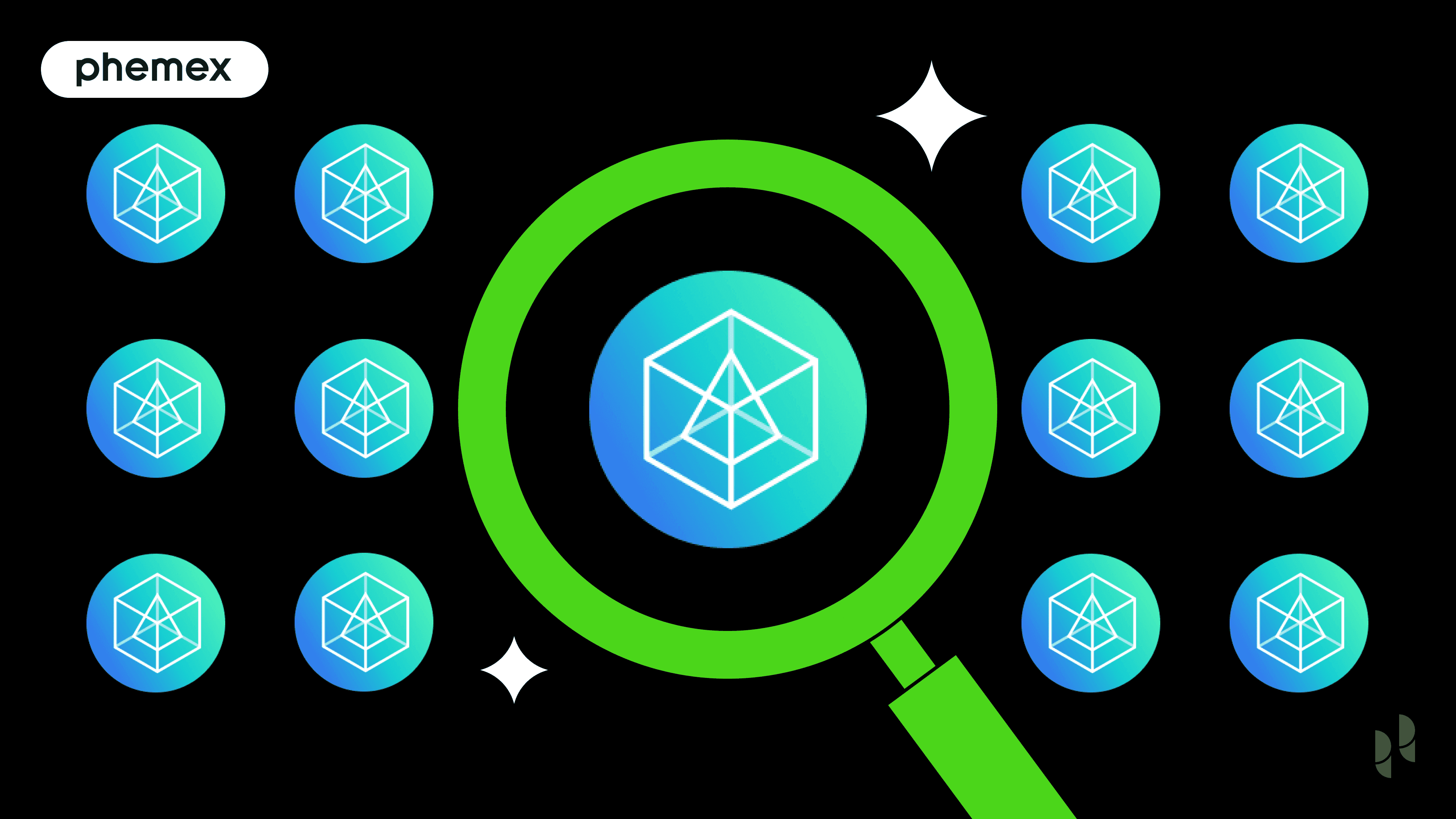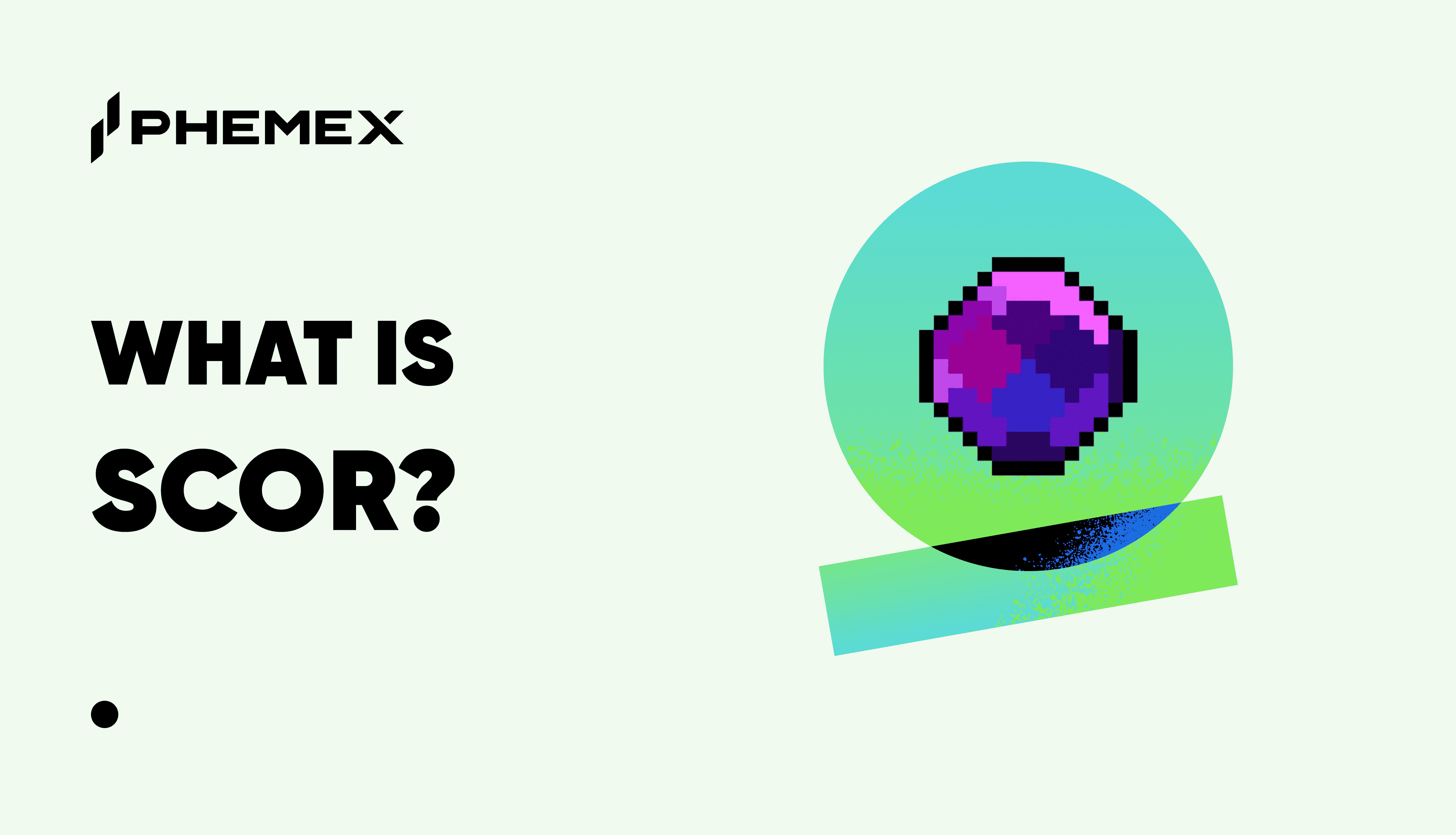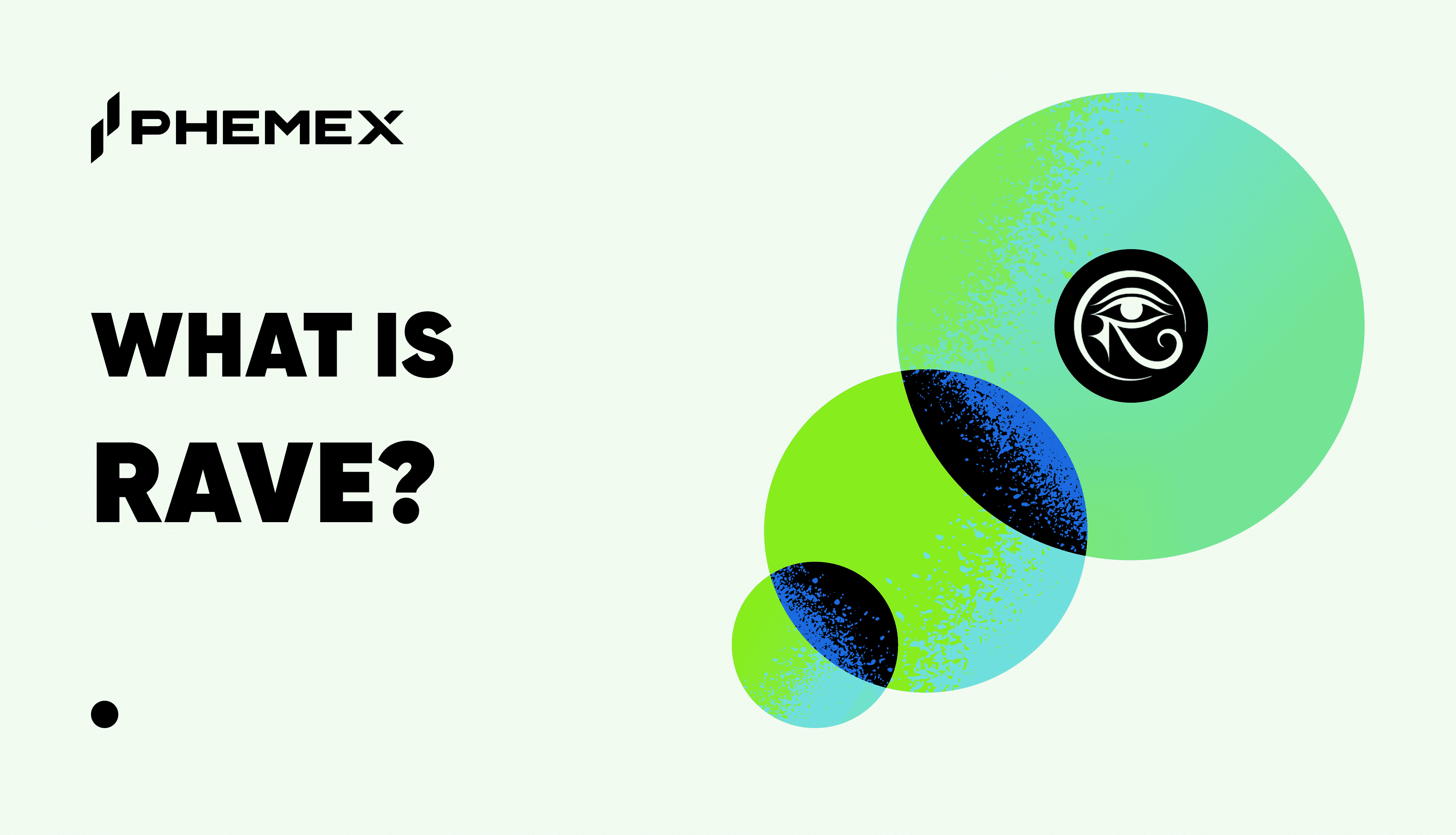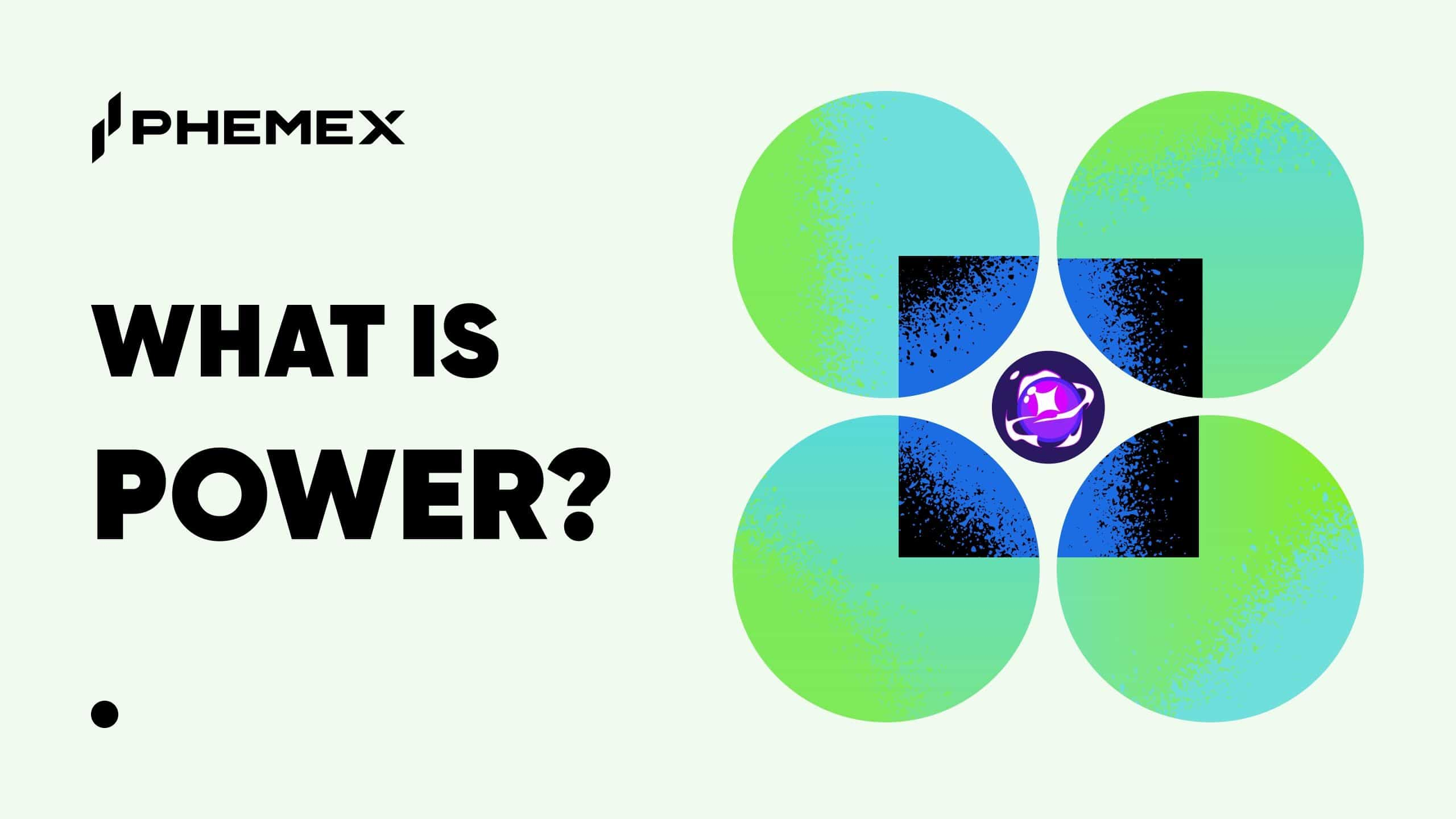Key Takeaways
-
What is ArcBlock? ArcBlock is a platform designed to simplify the development and deployment of decentralized applications (DApps) and blockchains.
-
Core Technology: It uses unique features like Blocklets for serverless computing, an Open Chain Access Protocol for blockchain interoperability, and a Delegated Proof-of-Stake (DPoS) consensus mechanism.
-
ABT Token Utility: The native ABT token is used for paying platform fees, staking to secure the network, and participating in governance.
-
Goal: ArcBlock's primary mission is to remove the technical barriers that have hindered mainstream adoption of blockchain technology.
Summary Box (Quick Facts)
| Attribute | Details |
| Ticker Symbol | ABT |
| Chain | Ethereum (ERC-20), ABT Chain |
| Contract Address | 0xb98d4c97425d9908e66e53a6fdf673acca0be986 |
| Circulating Supply | Approximately 98.58 million ABT (as of late 2025) |
| Max Supply | 186 million ABT |
| Primary Use Case | DApp Development Platform, Decentralized Identity |
| Current Market Cap | Approximately $84.5 million USD (as of late 2025) |
| Availability on Phemex | Not available (as of writing) |
What Is ArcBlock?
ArcBlock (ABT) is a technology platform created to streamline the process of building and deploying decentralized applications (DApps). Often referred to as a "Blockchain 3.0" ecosystem, its main goal is to make blockchain technology more accessible and practical for developers and users alike. By providing a comprehensive suite of tools and services, ArcBlock aims to remove the complexities that often prevent widespread adoption of blockchain solutions.
At its heart, ArcBlock is designed as a complete solution that merges blockchain technology with cloud computing. This approach allows developers to create, manage, and deploy DApps with greater ease. The platform provides foundational components, such as flexible software development kits (SDKs) and reusable code packages called "Blocklets," so that creators can focus on their application's logic rather than building everything from scratch.
In essence, an ArcBlock explained simply is a launchpad for the next generation of decentralized services. It tackles key industry challenges like scalability and usability, offering a more user-friendly environment. This is relevant across various sectors, including decentralized finance (DeFi), data marketplaces, and particularly, decentralized identity (DID), where it offers a secure wallet for users to manage their digital identities.
How Many ABT Are There?
The tokenomics of ArcBlock (ABT) are designed with a fixed supply, which provides a clear and predictable economic model.
-
Max vs. Circulating Supply: The maximum total supply of ABT is capped at 186 million tokens. The circulating supply—the number of tokens available to the public—is approximately 98.58 million. This means a significant portion of the tokens are already in circulation.
-
Inflationary or Deflationary: ArcBlock has a non-inflationary model because there is a hard cap on the total number of ABT tokens that will ever be created. No new tokens can be minted beyond the 186 million limit, which can create scarcity as demand for the platform grows. The initial distribution in 2018 allocated tokens for public sale (45%), community rewards (32%), the team (15%), and marketing partners (8%).
What Does ABT Do?
The ABT token is the native utility token that powers the ArcBlock ecosystem, serving several essential functions for developers, users, and the network itself.
The primary ArcBlock use case is to facilitate transactions and access services on the platform. Key utilities include:
-
Paying for Services: Developers use ABT to pay for the resources required to build and run their DApps. This is similar to how cloud computing services are paid for, where costs are associated with usage. This model allows application providers to cover transaction fees for their end-users, creating a smoother user experience.
-
Staking and Network Security: ArcBlock utilizes a Delegated Proof-of-Stake (DPoS) consensus mechanism. This means token holders can "stake" their ABT tokens to help secure the network. By staking, they participate in voting for network validators and, in return, can earn rewards.
-
Marketplace Transactions: The platform features a marketplace where reusable components, known as Blocklets, can be bought and sold. ABT is the currency for these transactions, fostering an incentive-driven community where developers are rewarded for contributing to the ecosystem.
-
Integration and Governance: The ABT token is a vital component for interacting with network features and is also used in community governance, allowing stakeholders to have a say in the platform's future development. You can find more details on the latest news about ArcBlock and its governance on official community channels.
ArcBlock vs. Ethereum
While both ArcBlock and Ethereum are platforms for building decentralized applications, they differ significantly in their architecture, consensus mechanisms, and approach to developer experience.
| Feature | ArcBlock (ABT) | Ethereum (ETH) |
| Technology | A "platform-as-a-service" that combines cloud computing with blockchain. Uses Blocklets (reusable microservices) and an Open Chain Access Protocol to connect to other blockchains. | A single, general-purpose blockchain where all applications share the same network resources, which can lead to congestion. |
| Speed and Fees | Designed for high performance, aiming for over 100,000 transactions per second (TPS). Features a "gasless" architecture where developers can cover fees for users, improving usability. | Transaction speeds are lower (typically 15-30 TPS on Layer-1), and users must pay variable "gas" fees for every transaction, which can become expensive during peak demand. |
| Use Case | Focused on providing a user-friendly and highly scalable environment for DApp and custom blockchain development, with a strong emphasis on decentralized identity (DID). | A broader, more established platform for a wide range of DApps, especially prominent in DeFi and NFTs, but can be complex for new developers. |
| Consensus | Uses Delegated Proof-of-Stake (DPoS), an energy-efficient model where token holders vote for a limited number of validators to run the network. | Uses Proof-of-Stake (PoS), where a large, decentralized set of validators stake ETH to secure the network. |
The main distinction in the ArcBlock vs Ethereum comparison is ArcBlock's focus on creating a simplified, interoperable, and developer-friendly ecosystem from the ground up, whereas Ethereum provides a more generalized but potentially less streamlined environment.
The Technology Behind ArcBlock
ArcBlock's architecture is built on several innovative technologies designed to create a flexible and scalable environment for developers.
-
Consensus Mechanism: The platform primarily uses a Delegated Proof-of-Stake (DPoS) consensus mechanism. This system is known for its high transaction throughput and energy efficiency compared to traditional Proof-of-Work models. In DPoS, ABT token holders vote for a select number of block producers (validators) who are responsible for maintaining the network and confirming transactions.
-
Unique Technologies:
-
Blocklets: These are reusable, serverless computing components that form the core of ArcBlock. Blocklets can be used for smart contracts, handling off-chain business logic, and can be written in various programming languages, giving developers immense flexibility.
-
Open Chain Access Protocol (OCAP): This is an abstraction layer that allows ArcBlock to connect with multiple different blockchain protocols like Bitcoin and Ethereum. This interoperability means developers aren't locked into a single blockchain and can choose the best technology for their specific needs.
-
DID Wallet: ArcBlock offers a Decentralized Identity (DID) wallet, which gives users secure control over their digital identities and data.
-
-
Infrastructure and Partnerships: ArcBlock combines its blockchain technology with cloud computing. It has expanded its platform on Microsoft Azure and joined the Microsoft for Startups program, enhancing its infrastructure and development framework.
Team & Origins
ArcBlock was founded in 2017 and officially launched in 2018 with the goal of creating a more accessible blockchain ecosystem.
The project was co-founded by Robert Mao, Zhihong Mao, and Flavien Charlon. Robert Mao, who also serves as the CEO and chief architect, is a seasoned technologist with a background in computer science. The team conducted a successful Initial Coin Offering (ICO) in February 2018, which provided the initial funding to develop the platform.
Since its inception, ArcBlock has focused on continuous innovation, releasing key products like its Decentralized Identity (DID) Wallet in 2020 and various developer tools to stay ahead of market trends.
Key News & Events
ArcBlock has reached several important milestones since its launch. Here are some of the key events and developments:
-
February 2018: ArcBlock successfully completed its Initial Coin Offering (ICO), raising significant capital to begin its platform development.
-
May 2018: The first version of its blockchain ecosystem was launched to simplify DApp development.
-
2019: The company sponsored the Decentralized Identity Foundation (DIF) Hackathon, demonstrating its commitment to advancing DID solutions.
-
2020: ArcBlock introduced its ABT Chain, the foundational blockchain for the ecosystem, and released its DID Wallet and a Payment Kit to streamline in-app transactions.
-
Partnerships and Integrations: ArcBlock joined the Microsoft for Startups program and expanded its platform on Microsoft Azure. It also partnered with PoulSAT to expand its services into Africa.
-
Recent Updates: The team continues to release updates for its Blocklet Server and DID Wallet, enhancing performance and security. For those looking to trade ArcBlock, staying updated on such developments is crucial as they can influence the ArcBlock price.
Is ArcBlock a Good Investment?
Determining whether ArcBlock (ABT) is a good investment depends on your risk tolerance and belief in the project's long-term vision. Here is a balanced look at its potential and risks.
Past Performance and Potential:
The ArcBlock price has experienced volatility, which is common in the cryptocurrency market. Its all-time high was recorded in May 2024, but like many altcoins, its value fluctuates based on market trends, technological developments, and investor sentiment. The project's focus on solving real-world developer challenges, such as simplifying DApp creation and enabling interoperability, gives it strong ArcBlock investment potential.
Community Growth and Technology:
ArcBlock aims to build a robust ecosystem by empowering developers with user-friendly tools. Its unique technologies, like Blocklets and the Open Chain Access Protocol, position it as an innovator in the space. The success of its platform depends on its ability to attract and retain a strong community of developers who build valuable applications.
Risks to Consider:
Like any cryptocurrency, investing in ABT carries risks. The market is highly competitive, with many platforms vying to become the go-to solution for DApp development. Regulatory changes could also impact the broader crypto landscape. Furthermore, the project's ultimate success is tied to the adoption of its technology, which is not guaranteed.
Conclusion:
ArcBlock presents a compelling vision for the future of decentralized application development. Its innovative technology and focus on usability are significant strengths. However, potential investors should conduct their own research, consider the inherent risks of the crypto market, and analyze the project's progress and adoption rates. For those wondering how to buy ArcBlock, it's important to use a trusted platform once you've made an informed decision.
Disclaimer: This article is for informational purposes only and should not be considered financial advice. Crypto trading involves significant risks; only invest what you can afford to lose. Always do your own research before making any investment decisions.

